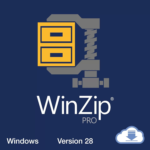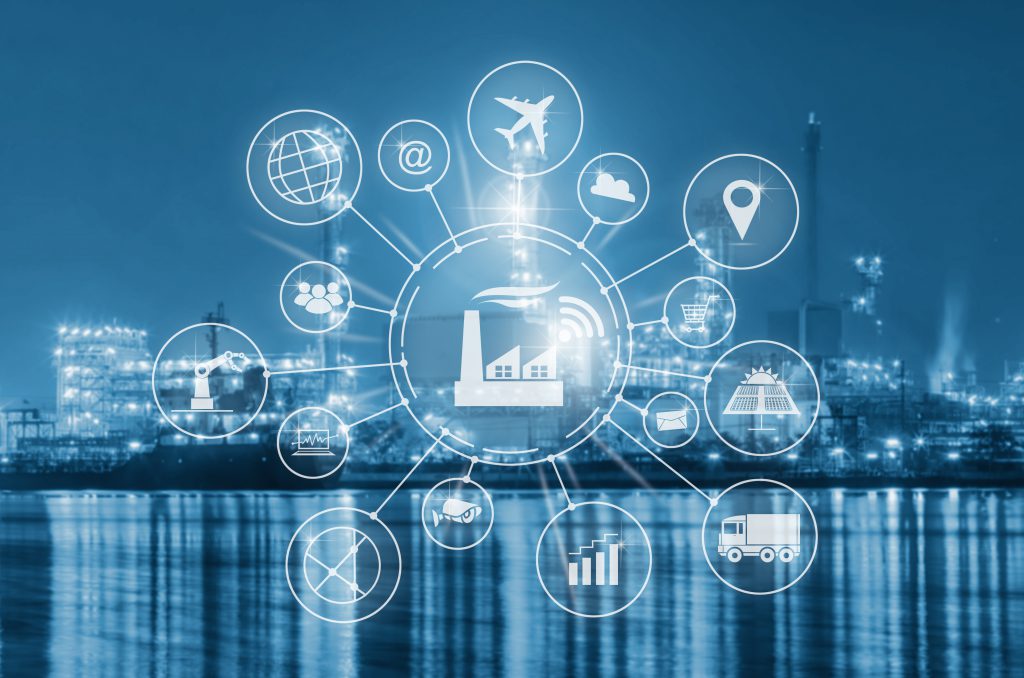The Internet of Things (IoT) and LoRaWAN have endless potential in asset management. This is demonstrated by asset tracking IoT solutions’ benefits to other enterprises and manufacturing firms. Businesses can boost their bottom line by minimizing the time when an asset is not in use. Experts in asset management are now essential for ensuring adequate asset uptime.
They maintain records of an asset’s location, maintenance history, asset optimization, and other crucial information. To maximize asset use and avoid downtime, this data is used. This is considerably simpler with asset tracking IoT devices, needs less human work, may boost operational productivity, and lower operating costs.
In a LoRa network, radio modules called LoRa gateways act as communication channels between end devices and a LoRaWAN network server (LNS).
A LoRa gateway is usually utilized to send sensor data from an electrical device to the cloud. LoRa gateways can be used to set up a network implementation of appropriate electrical equipment, particularly in locations where other forms of networks are not practical because of technological restrictions.
Advantages of LoRaWAN Network
The stock’s environmental conditions can be tracked via LoRaWAN. As an illustration, businesses can track temperature, humidity, and air quality using IoT-enabled asset management sensors.
Using this information, HVAC systems can be more effective, equipment breakdowns can be avoided, or circumstances can be changed to promote the healthiest possible asset performance.
- Long Range and Coverage: Its range is unmatched by any other communication protocol, including Wi-Fi, cellular networks, and others, and may go as far as 15 kilometers in LOS.
- Low Power: LoRa gateway has extremely low-power radios, which makes it perfect for devices that must operate for at least ten years on a single charge.
- Low-cost Hardware: LoRaWAN infrastructure, along with its end-device radios, is more cost-effective than competing networks. Additionally, several open-source variations of infrastructures like gateways are being developed, further reducing costs.
- High Capacity: A single LoRa gateway might connect thousands of NB IoT devices with shared applications.
- Cost: LoRaWAN can lower a service’s expenses and take less time than a direct Wi-Fi connection.
Asset performance and uptime may be increased with the help of LoRaWAN asset management solutions, which can also reduce associated operational costs while enhancing asset value retention. Asset managers may be more proactive and gather data analytics for better monitoring and maintenance of their IoT-enabled equipment using asset tracking software, which increases output and revenues.
Asset managers can also evaluate data about physical assets using LoRaWAN asset management to inform decisions about their business model. Additionally, because they save operating expenses, these analytics tools might be a wise investment for companies.
Advantages of IoT-based Asset tracking
- Costs of Operations are Reduced
Businesses can enhance their industrial supply chain by using IoT management systems. Companies may track specific goods and increase equipment efficiency with the help of this asset lifecycle management system. Managers may optimize production, eliminate waste, boost productivity, and boost income by using information regarding asset status, asset specifics, existing item locations, overall equipment efficacy, and potential asset failure. Predictive analytics, for instance, can be used to reduce the risk of running out of goods in a warehouse.
Costs for general maintenance are decreased with IoT asset tracking systems. The IoT platform for asset tracking also increases worker satisfaction and safety, reducing insurance costs. Additionally, it offers valuable insights for enhancing procedures.
These manufacturers can maximize their technical ROI and set up an appropriate regulatory framework with real-time data. To eventually improve operating efficiency and implement automatic tracking, an asset manager may find that IoT sensors attached to assets are a good fit.
- Improved Visibility
Companies can always keep an eye on the efficiency of their devices and the performance of their equipment by utilizing an IoT-based asset management central monitoring system. Operators can enhance maintenance schedules and identify problem areas by examining this data before they arise and impact the manufacturing unit. IoT-based asset tracing also offers real-time visibility into controlling assets.
A maintenance manager can correctly identify crucial areas for repair and calibration and develop an asset tracking plan by monitoring asset performance. IoT also makes asset management efficient.
- Enhanced Workflow
IoT can automate asset transfers and inventory management throughout the supply chain. Without adding more staff, you may improve asset management thanks to technology’s ability to prevent human errors. You’ll be able to assess risks and anticipate maintenance requirements with connected devices. With appropriate IoT-based asset management, you can also contain significant losses brought on by missing assets.
Automating the monitoring of underutilized assets is another example of how IoT asset optimization technology may enhance workflow in asset management. Managers must constantly manually check the asset lifetime in the absence of automation. An IoT-enabled asset management system will make these chores easier because they can be expensive and time-consuming.
IoT technology is assisting in increasing the efficiency of this task since IoT devices can quickly generate data and transfer it to analysis tools that use artificial intelligence or Excel sheets. IoT sensors monitor the condition of every asset, including priceless or regulated goods.
Preventive maintenance and complete asset visibility are made possible by IoT-based asset management solutions, which boost output and revenue while cutting expenses.
Conclusion
LoRaWAN and the Internet of Things (IoT) have countless possibilities for asset management. Using IoT-enabled asset management sensors, businesses may monitor temperature, humidity, and air quality. The healthiest asset performance can be encouraged using this knowledge. IoT-based asset lifecycle management systems can enhance industrial supply chains. Managers can increase income, reduce waste, increase productivity, and improve production.
You can also use akenza.io, a self-service IoT platform that lets you build useful Azure IoT Hub products and services. Akenza.io is confident in its ability to help organizations develop IoT solutions by considerably reducing the workload and complexity.






